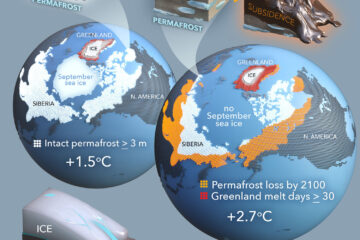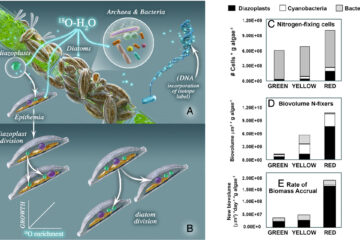Element Pool Changes within a Scrub-Oak Ecosystem after 11 Years of Exposure to Elevated CO 2
The effects of elevated CO2 on ecosystem element stocks are equivocal, in part because cumulative effects of CO2 on element pools are difficult to detect. We conducted a complete above and belowground inventory of non-nitrogen macro- and micronutrient stocks in a subtropical woodland exposed to twice-ambient CO2 concentrations for 11 years. We analyzed a suite of nutrient elements and metals important for nutrient cycling in soils to a depth of ∼2 m, in leaves and stems of the dominant oaks, in fine and coarse roots, and in litter. In conjunction with large biomass stimulation, elevated CO2 increased oak stem stocks of Na, Mg, P, K, V, Zn and Mo, and the aboveground pool of K and S. Elevated CO2 increased root pools of most elements, except Zn. CO2-stimulation of plant Ca was larger than the decline in the extractable Ca pool in soils, whereas for other elements, increased plant uptake matched the decline in the extractable pool in soil. We conclude that elevated CO2 caused a net transfer of a subset of nutrients from soil to plants, suggesting that ecosystems with a positive plant growth response under high CO2 will likely cause mobilization of elements from soil pools to plant biomass.


